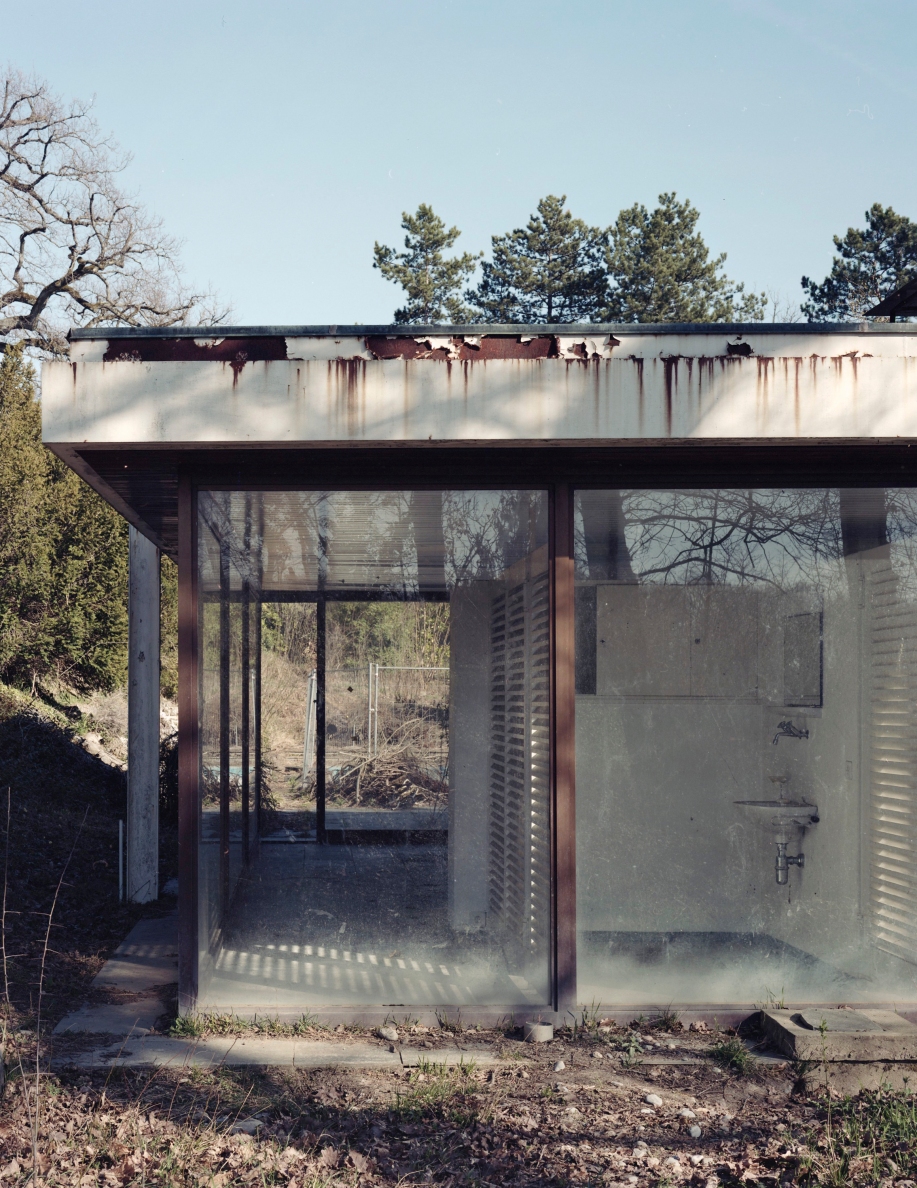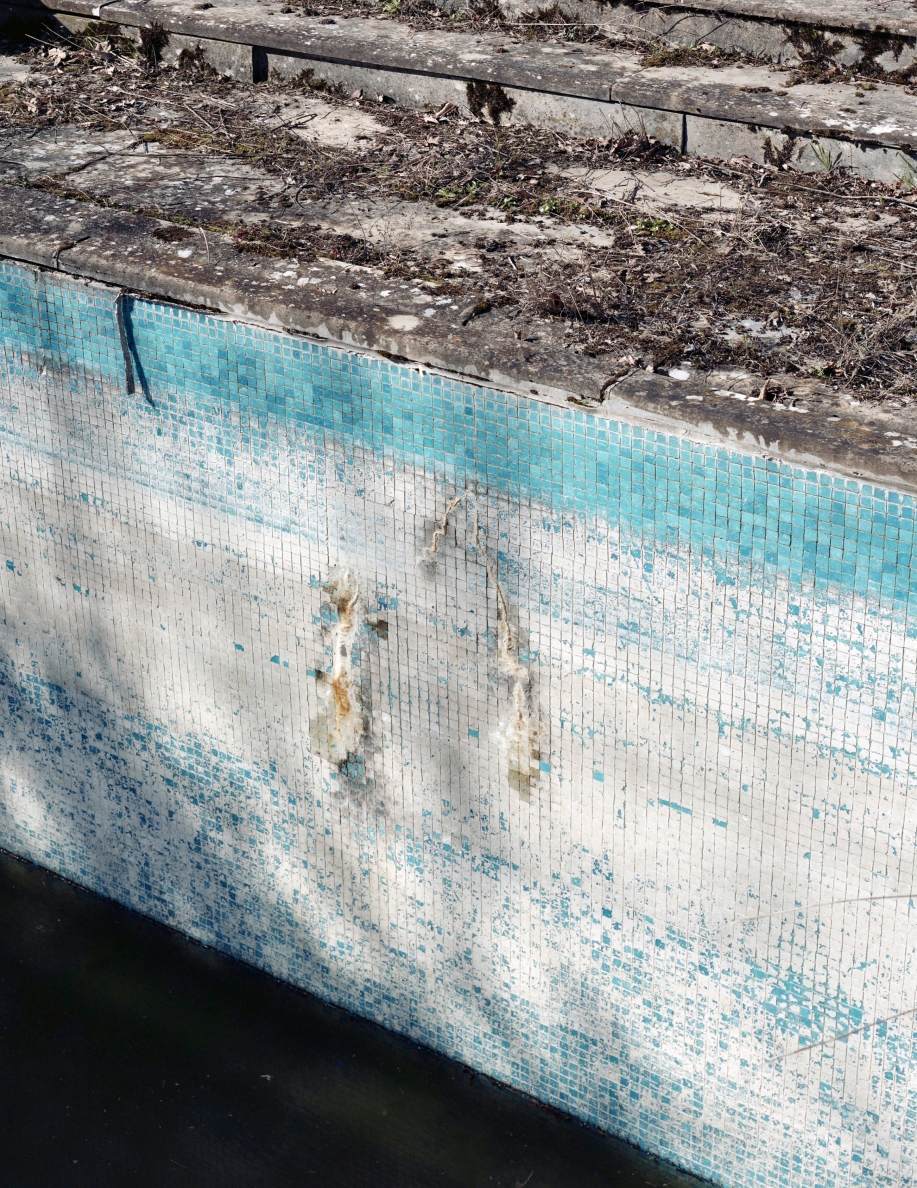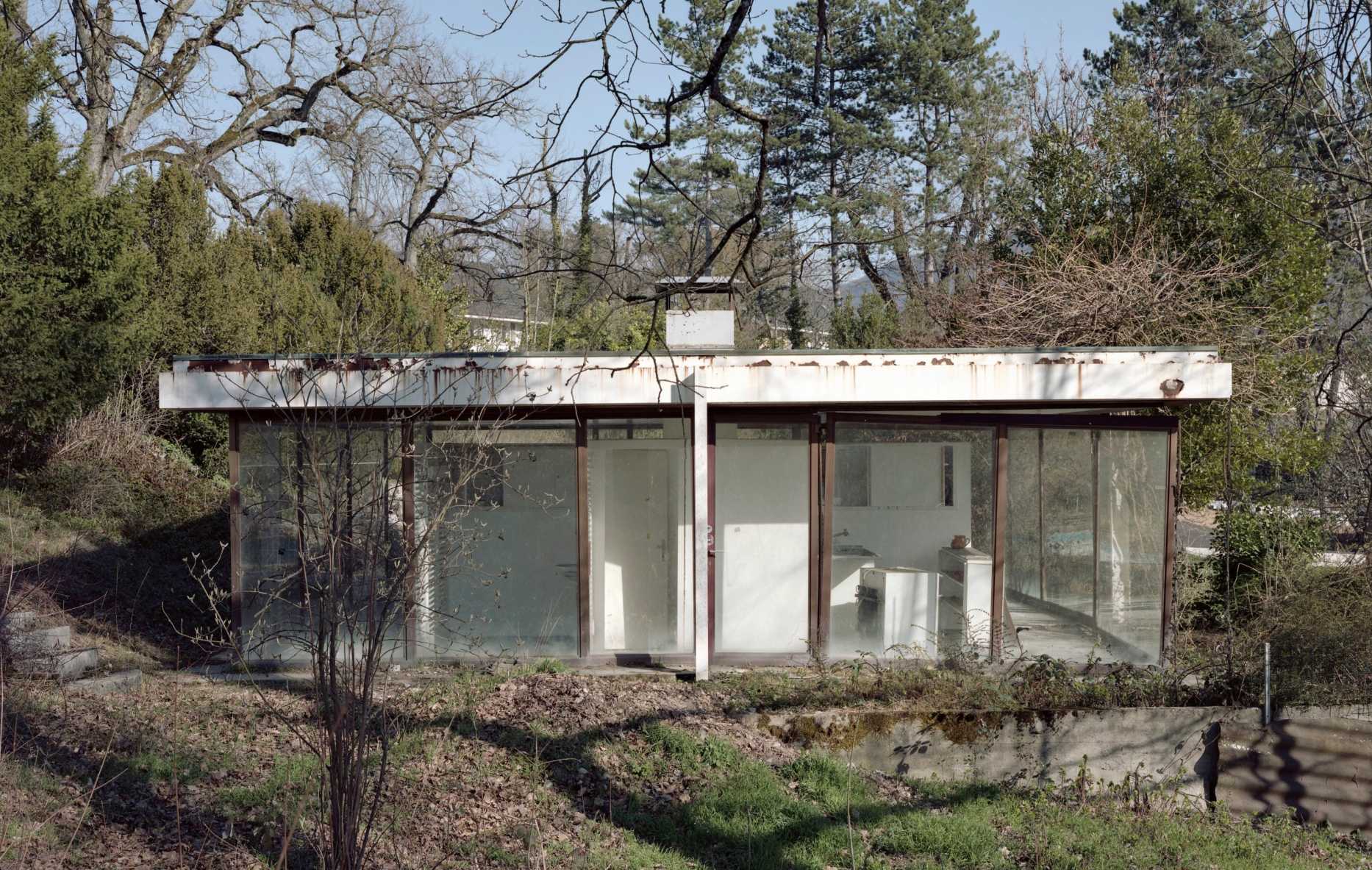STUDY FOR THE RESTORATION OF A PROTECTED PAVILION
Pool pavilion designed by Jean-Marc Lamunière, the modern humanist
Emmanuel Grandjean / Le Temps

The Geneva architect disappeared on August 2, 2015. Tribute to a guardian figure of Swiss architecture who is passionate about Italian culture and fascinated by America.
"In the office, we often started projects by starting by defining the constructive principles and sometimes even by drawing the details of the facade. He was a man who always had a pencil in his hand. He drew a lot and had a huge architectural and artistic culture. Its foundations: "the act of building", considered from a rational thought imbued with a certain classicism." Architect and teacher at EPFL, Bruno Marchand talks about Jean-Marc Lamunière. The Geneva architect died on August 2. He had just turned 90 and was pursuing an extraordinary career, both in terms of the importance of his achievements and the longevity of his career. "He continued to think about projects, had just published a book with the architect Philippe Meier and aspired, amused, to revisit the United States. He never stopped," remembers Bruno Marchand, who knew him well. "In several capacities, first as a student, then as an associate in his office and finally as a partner until 1996. To also tell you that he meant a lot to me."
Travel by liner
Born in Rome in 1925, Jean-Marc Lamunière had kept a deep attachment to Italy, where he studied architecture. "He was trained according to the classical teaching he had received at the University of Florence," says the architect and director of the EPFL's Laboratory of Theory and History 2. An academic education that he later counterbalanced with influences from both Le Corbusier, whose five points of new architecture he applied, and American constructions, those of Ludwig Mies van der Rohe in particular. "This practice of classical reference and its codes, the sense of symmetry was found in his modern projects. He was straddling in several cultures. There was the Italian humanism that came to him from his birth, the Geneva roots where he had his family, friends and collaborators, but also a very strong affinity with what was happening in America." In 1957, Jean-Marc Lamunière moved to Geneva four years ago. In Lausanne, part of her family lives from the press she publishes. It is launching a competition for the construction of a built complex that would bring together its editorial activities in the capital of Vaud. Jean-Marc Lamunière participates and wins the 1st Prize with an 11-storey building made of metal and glass. The building rises just above the station, giving it a New York megalopolis feel.
America just like that. The Geneva architect discovered it at the same time. Following the competition, he boarded the United States liner with his cousin Marc Lamunière for a two-month trip across the American continent. Together, they visit metal and glass buildings, visit Mies van der Rohe. This journey, which begins in New York and passes through Chicago, will end in Mexico and Cuba. "For him, this trip was very important. It will confirm his sensitivity to the culture there. She interested him in all fields, both in literature and in the art he began to buy and in music, especially in the jazz he discovered live on that occasion." The trip forges his sensitivity. He will also structure his way of working. "He learned a lot. Upon his return, he was inspired by the organization chart of Mies van der Rohe's office to reorganize his own Geneva office, a practice that was later shared with a number of partners, including Georges Van Bogaert, his long-time friend."
Strong influence
Jean-Marc Lamunière's achievements will mark the history of Swiss architecture with their symbolic strength. We think of its rental buildings, including the famous towers overlooking Lancy in Geneva, and administrative buildings (the Edipresse tower), its manufacturing units (the Favarger chocolate factory in Versoix and the workshops of the Imprimeries gathered in Renens), the buildings of the Botanical Garden and its villas which will allow it to sharpen its vocabulary. "His influence will be very strong in the region. And even if no architect claims to be a master as in the past, some ensure a certain continuity of thought, both in practice, such as Rino Brodbeck and Jacques Roulet (who were his collaborators in the office), and in his theoretical and academic activities, such as Patrick Mestelan and Bernard Gachet, with whom he taught in Lausanne. Or Vincent Mangeat, with whom he had a very old friendship. Its influence is therefore also exerted through teaching. Jean-Marc was an outstanding speaker who knew how to capture the attention of his audience."
"At home, nothing was ever closed.
Everything evolved all the time, including in his own work."
Bruno Marchand, architect and teacher at EPFL


"Hollow column"
Architect, urban planner, theoretician, the Genevan also works as a teacher. "He is convinced that theory and practice are linked, that there is no project and drawing on the one hand and the treatise on architecture on the other - he liked to say that his "practical theory" filled both these intellectual desires and his crafty tastes in drawing and writing," continues Bruno Marchand. The end of his academic career was devoted to research. It is in this sense that he and Jacques Gubler founded the Institute of Theory and History of Architecture at EPFL."
Prior to that, he held several teaching positions. He was first a visiting professor in Zurich for two years. He then taught in Geneva and was invited to Philadelphia, where he regularly visited between 1967 and 1998. That's where he met Louis I. Kahn. He criticizes Mies van der Rohe's modern grid, whose neutrality does not include technical and service areas. It proposes the use of the "hollow column", a principle that not only provides light but also allows the integration of water, ventilation and electricity networks and makes circulation more fluid. Jean-Marc Lamunière applies this system in particular in the development of buildings intended for the Botanical Garden built between 1967 and 1973. And thus makes the link between modern and postmodern thinking in architecture.
"Even if his work is characterized by a constant rational and classical thought, which crosses his career, we can nevertheless discern two major periods in his work. The first "modern", where he applied his affinities with Le Corbusier and Mies van der Rohe. And the second, following his participation in 1980 in the Venice Biennale invited by Paolo Portoghesi, which will confirm a return to the history already begun a few years earlier.
"At home, nothing was ever closed. Everything evolved all the time, including in his own work. From then on, he returned to some of the influences of his youth, as evidenced by the building at Quai Gustave-Ador in Geneva, where he took up the structural classicism of Auguste Perret. As a kind of return to the roots that I found very beautiful," admits the architecture teacher, who also points out his mentor's little annoyances. "He hated what was meaningless, things that were not very rigorous and superficial or even formalist. He was a man of the rule who liked things well designed and built. In this, he was not "mine" for nothing."
Max Bill admirer
In art, he greatly appreciates Rothko, Calder, Piero Dorazio and Max Bill, the Zurich architect with multiple hats as an artist, designer and politician. In architecture, he maintains links with the great figures of architecture, both modern and more recent. "All those I called "evening visitors" in the monograph I dedicated to him. He felt very close both to architects like Alberto Sartoris, who was to participate in the founding of the CIAM (Congrès internationaux d'architecture moderne), and to Robert Venturi, the great postmodern American theoretician and architect he would meet in Philadelphia in the late 1960s."
A modern humanist, Jean-Marc Lamunière was both well grounded in his convictions and curious about everything. "It was amazing to see him bounce off ideas and dare to cross-reference them, both bold and completely unexpected. He had the ability to put things into perspective, to make new comparisons. This way of approaching the world has taught me a lot, both in my profession as an architect and urban planner and as a teacher. Be curious and stay tuned to the spirit of the times, that's what I repeat to my students. It's very important."

